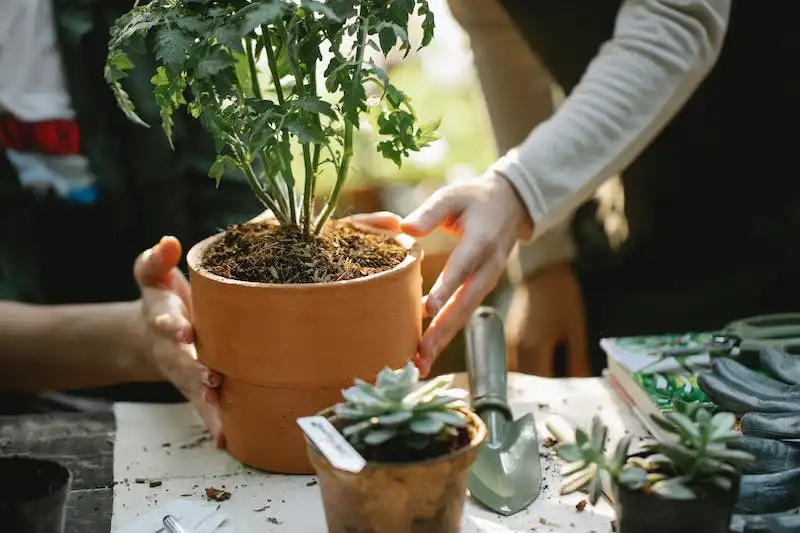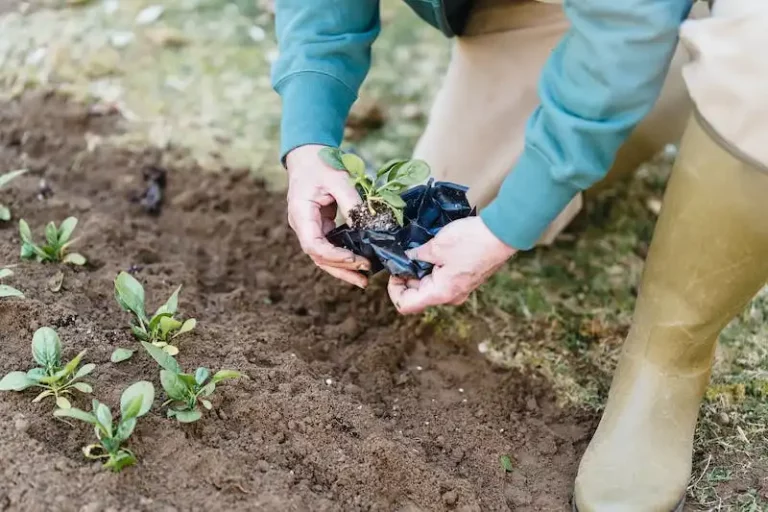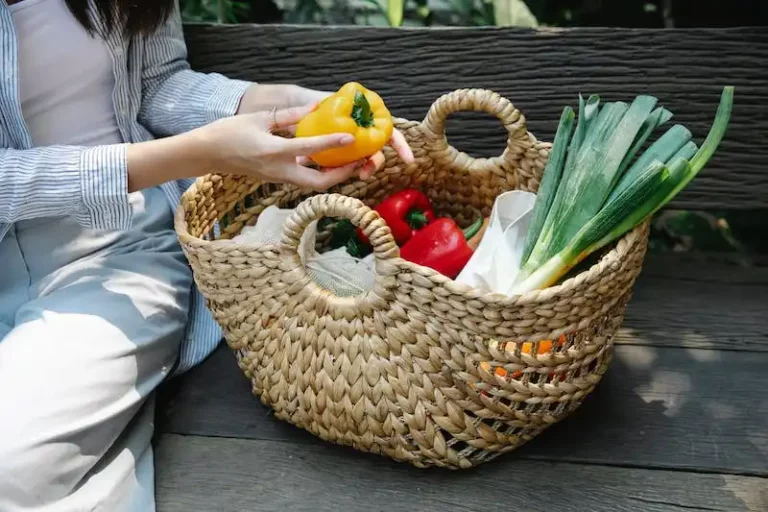Water is a vital resource for all living things and is necessary for the survival and well-being of our ecosystems. However, in many areas, water resources are becoming scarce due to factors such as drought, below-average rainfall, and overuse. As a result, it is crucial that we all take steps to conserve water and use it wisely.
One area where water conservation is especially important is in our homes. Many households use water for a variety of purposes, including cooking, cleaning, and bathing. By being mindful of our water usage and making a few simple changes, we can all contribute to the conservation efforts. For example, we can turn off the faucet while brushing our teeth, use water-saving washers in our dishwashers and washing machines, and only run these appliances when they are full.
Another way to conserve water is in our yards and gardens. Native plants that are well-suited to the local climate require less watering and can thrive with minimal irrigation. Installing smart irrigation systems with adjustable heads can also help reduce water waste by ensuring that water is directed only where it is needed. Additionally, regularly checking for leaks, adjusting sprinkler timers based on rainfall, and limiting outdoor water use during drought conditions are other important water-saving practices.
In addition to conservation, it is necessary to consider the safety of our water sources. Municipal reservoirs and water treatment plants operate to provide us with safe drinking water, but it is still important for us to monitor the quality of our water at home. Water testing and screening for contaminants can help ensure that the water we consume is safe for ourselves and our families. Installing a water filter on our home’s main water line or using a filtered pitcher in the refrigerator are additional steps we can take to enhance the safety of our drinking water.
In conclusion, water is a precious resource that we all rely on for a variety of purposes. Through conservation efforts in our homes, yards, and communities, we can make a significant impact in preserving water for future generations. By thinking smart and being mindful of our water usage, we can help ensure that everyone has access to clean and safe water. Together, we can make a difference in the state of water.
Drought Safety Tips
Droughts can result in a scarcity of water, making it necessary for residents to conserve water and use it wisely. Here are some smart tips to help you during a drought:
1. Monitor your water usage: Keep track of how much water your family is using each day. Use this information to determine where you can make cutbacks.
2. Install water-saving devices: Consider installing water restrictors on your faucets and showerheads to reduce water flow. Additionally, installing a low-flow toilet can also help save water.
3. Fix leaks: Check for any leaks in your home or yard. A small leak can waste a significant amount of water over time.
4. Water your yard wisely: If you must water your lawn, consider doing it early in the morning or late in the evening when temperatures are cooler. This will help prevent evaporation and ensure that the water is reaching the roots.
5. Use native and drought-tolerant plants: When designing or updating your garden, choose plants that are native to your area or have a high tolerance for drought. These plants require less water and can withstand dry conditions.
6. Collect and use rainwater: Place a barrel or other container under your gutter downspout to collect rainwater. You can then use this water for watering your plants or other outdoor uses.
7. Consider water conservation in your daily activities: Be mindful of your water usage when doing everyday tasks such as brushing your teeth, washing dishes, or doing laundry. Use only the water you need and avoid letting it run unnecessarily.
8. Host lawn and garden screenings: Share tips and resources with your community about drought-safe practices. This can help spread awareness and encourage others to conserve water.
9. Know your local water resources: Stay informed about the state of your local water supplies. Check your municipal or state website for updates on reservoir levels and possible water restrictions.
10. Educate your family: Teach your family the importance of water conservation and the impact of drought on both human life and wildlife. Encourage everyone to do their part in conserving water.
By following these drought safety tips, you can help conserve water and make a positive impact on your community and the environment.
Table of Contents
Introduction:
– The State of Water
– The Risk of Wasting Water
Chapter 1: Understanding Water Conservation
– What is Water Conservation?
– Why is Water Conservation Important?
– How Can Each Person Contribute?
– Tips for Smart Water Usage
– Water Conservation in Outdoor Spaces
– Water Conservation in Household Appliances
– Water Conservation in Municipal Systems
– Water Conservation in Your Yard
Chapter 2: Water-saving Techniques
– Water-efficient Toilets and Showerheads
– Rainfall Harvesting and Irrigation Systems
– Water Recycling and Greywater Systems
– Water-saving Tips for Dishwashers and Washing Machines
– Water Conservation in the Garden
– Water Conservation in the Pool
Chapter 3: The Role of Technology in Water Conservation
– Smart Water Meters and Monitoring Systems
– Water-saving Apps and Websites
Chapter 4: The Benefits of Water Conservation
– Environmental Benefits
– Financial Benefits
– Social Benefits
– Water Conservation and Drought Prevention
– Water Conservation and Forest Preservation
Conclusion
– The Importance of Water Conservation for Everyone
– Taking Action to Conserve Water
Resources:
– Water Conservation Tips
– Outdoor Water Conservation Tutorial
– How to Turn Off Your Hose Properly
– Water Restrictors Installation Guide
– Municipal Water Conservation Websites
– Water Conservation Organizations
– Helpful Books and Articles on Water Conservation
Introduction
In recent years, however, we have been facing a growing concern over the state of our water resources. Droughts have become more frequent and severe, leaving reservoirs and groundwater levels low. Forests are at a higher risk of wildfires, and animals are struggling to find water sources in their natural habitats. This has led to increased restrictions on water usage, forcing everyone to find ways to conserve and use water wisely.
In this article, we will explore different ways to conserve water and turn the tide on the water crisis. From simple steps you can take at home, such as fixing leaky faucets or using water-saving appliances like dishwashers with low-flow restrictors, to larger-scale initiatives like rainwater harvesting or implementing water-saving irrigation systems in your area, we will look at various strategies for conservation.
Before diving into the details, it’s important to understand the impact of water conservation. By conserving water, we not only ensure that there is enough water for our daily needs, but we also protect the environment and wildlife. For example, by reducing the amount of water wasted in your home, you can help preserve natural habitats and ensure that there is enough water for wildlife to thrive.
In the following sections, we will discuss specific ways to conserve water in different areas of our lives, such as in our homes, gardens, and communities. We will explore tips and techniques for reducing water usage in daily activities, such as taking shorter showers or using drought-tolerant plants in your garden. We will also look at larger-scale initiatives, such as water recycling and reusing wastewater.
So, whether you are an individual looking to conserve water at home or a community looking to implement water-saving measures, this article will provide you with the information and resources needed to make a positive impact. Together, we can work towards a sustainable future where water resources are preserved for generations to come.
Before a Drought
Before a drought hits your area, there are several things you can do to conserve water and prepare for potential water shortages. Here are some tips to help you get started:
1. Install water-saving systems: Consider installing water-saving devices such as low-flow showerheads, faucet aerators, and dual-flush toilets in your home. These can significantly reduce water usage without compromising on performance.
2. Check for leaks: Regularly check for leaks in faucets, pipes, and irrigation systems. Fixing leaks promptly will help prevent water wastage.
3. Monitor your water usage: Keep track of your water usage by reading your water meter. This will help you identify any unusual spikes in water consumption, which could indicate a leak or inefficient water usage.
4. Use water-efficient appliances: Choose appliances such as dishwashers and washing machines that have high water-efficiency ratings. These appliances use less water per cycle, helping you conserve water.
5. Practice smart irrigation: Water your garden and plants in the early morning or late evening when evaporation is minimized. Use a drip irrigation system to deliver water directly to the roots, reducing water loss through evaporation.
6. Consider native and drought-tolerant plants: Plant native and drought-tolerant plants in your yard. These plants are adapted to the local climate and require less water to thrive.
7. Conserve outdoor water usage: Instead of using a hose to clean sidewalks and driveways, use a broom. Limit outdoor watering to only what is necessary and adjust sprinklers to avoid watering sidewalks and other non-plant areas. Collect and reuse rainwater by installing rain barrels or other water storage solutions.
8. Educate yourself: Learn about water conservation techniques and how to maximize water efficiency in your home. Many organizations provide online tutorials and resources on water-saving practices.
9. Support wildlife: Create a wildlife-friendly garden by providing food, water, and shelter for wildlife. Avoid using pesticides and provide birdhouses or nesting sites for native birds.
10. Assess your water sources: Determine where your water comes from and understand the sources of your community’s water supply. This will give you a better understanding of the water risks in your area and the need for conservation.
By following these steps and being proactive, you can reduce your water consumption and minimize the impact of a drought on your household and community.




